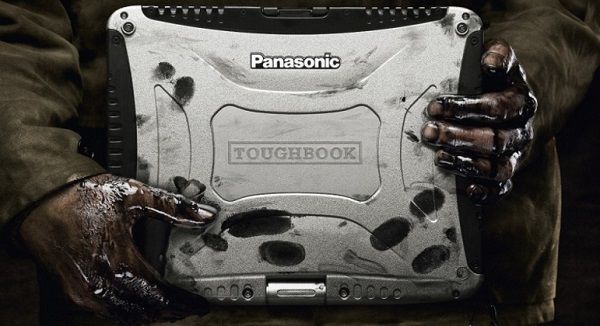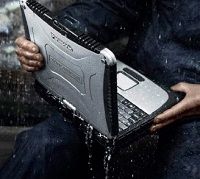
How Rugged is Rugged?
Military specifications, or Mil-Spec, can help mobile workers who encounter harsh conditions on the job to make equipment decisions.
They have titles like police officer, offshore oil worker, utility operator and sales manager and share at least three aspects of work: they often labor in harsh environments, they’re mobile and need equipment that suits circumstances of their workplace—wherever it is. These include conditions like blowing rain, exposure to sand and dust, equipment drops and temperature extremes.
By 2020 mobile workers are expected to account for nearly three quarters of the U.S. workforce, according to International Data Group. The number of mobile workers is forecast to rise to 105 million in 2020, up from 96 million last year. This climb is driving demands for rugged equipment. Whether it’s a sales manager who spends most of her time on construction sites, an offshore oil rig worker or a police officer, they need gear that stands up to demanding environments.
But just what is rugged?
The U.S. Department of Defense points to answers with its MIL-STD-810 Environmental Engineering Considerations and Laboratory Tests (Mil-Spec) that simulate how equipment will operate under different stressors. Once a device passes the latest iteration of MIL-STD-810G specifications, it is approved for use by all Defense Department units and agencies.
Understanding Mil-Spec testing is the first step in selecting the highest quality, most reliable rugged device. There are dozens of different Mil-Spec simulations that test durability, but here are a few important ones that buyers of mobile computers should pay special attention to.
1. Transit Drop Test: What is it? A device is dropped from various heights at 26 different angles (every edge, corner and side) onto 2-inch thick plywood over steel plate on concrete. The height at which the unit will still turn on and operate, generally between 12 and 72 inches, is the rate drop specification.
2. Blowing Rain Test: A device is blasted with 5.8 inch-per-hour rain and 70 mph winds, for 30 minutes per surface while operational. Why does it matter? Few mission-critical workers can put their project on hold due to a storm. This test simulates device use in inclement weather.
3. Vibration Test: This test simulates the vibrations typically experienced in an off road vehicle even helicopter mounted environment.
4. Sand and Dust Resistance Test: Dust then sand is blown at a device over several hours in an environment of 140 degrees F, while it remains in operation. Factories, mills and mines can have this type of condition.
Read more in Not All Rugged is Created Equal.

